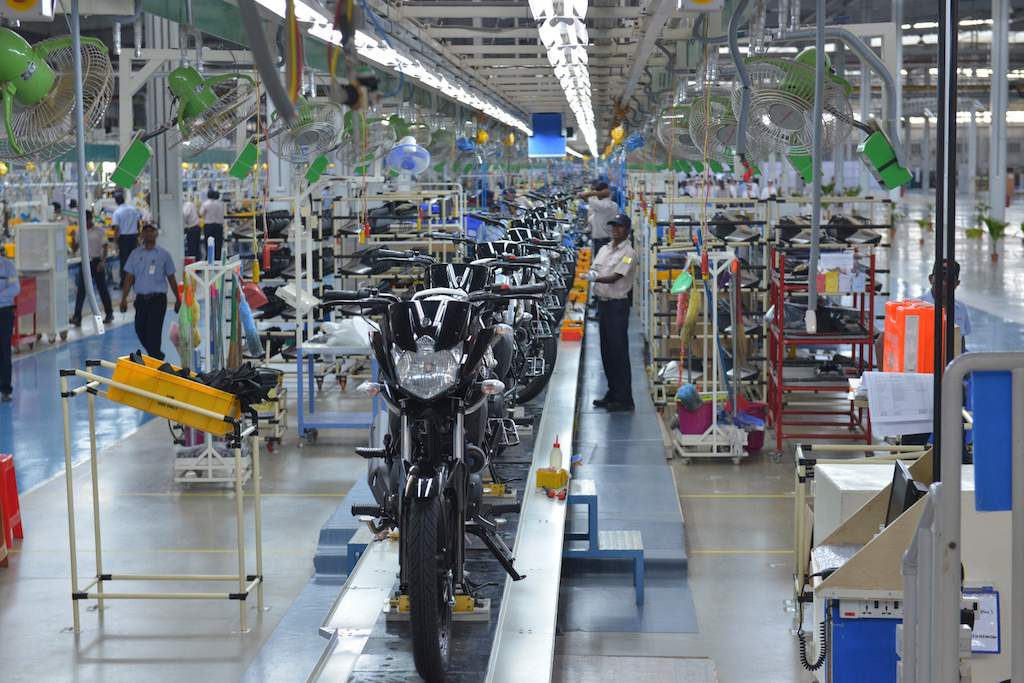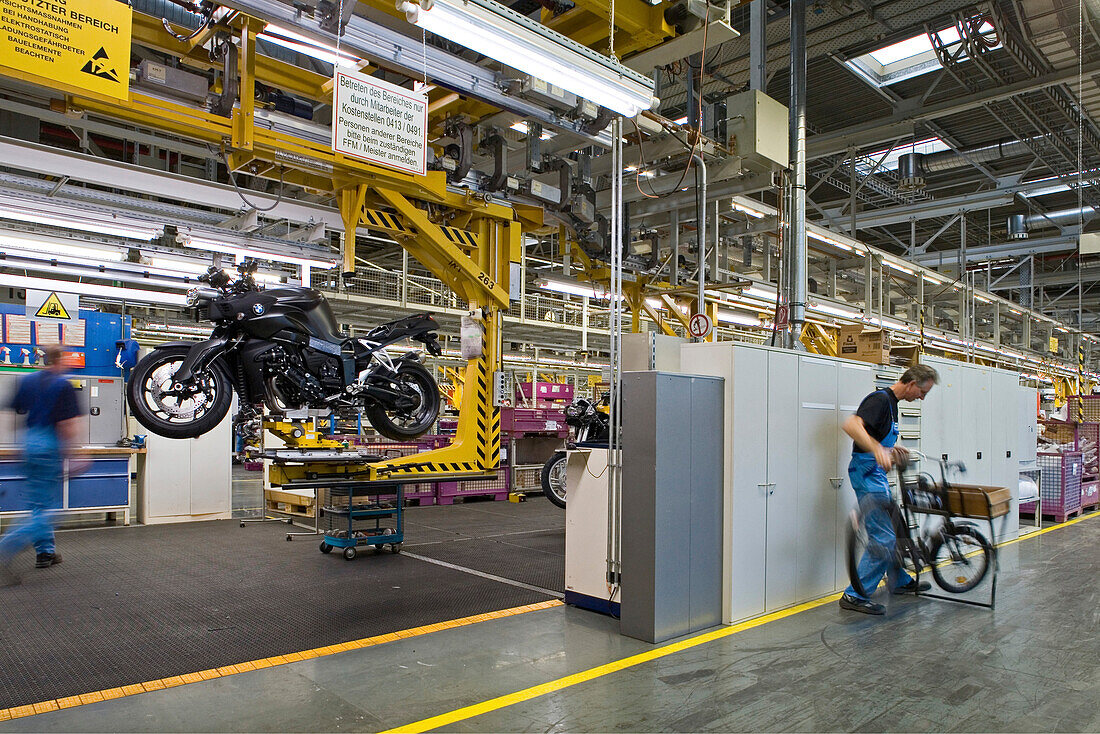
How to Paint a Motorcycle Engine: A Terrific Life-Changing Guide
Share
Are you a keen motorcycle enthusiast or a tech professional looking to breathe new life into your beloved bike? Well, you're in the right place! This remarkable guide will walk you through how to paint a motorcycle engine, transforming it into an eye-catching masterpiece that turns heads on every ride.
Painting a motorcycle engine is more than just making it look good; it's about protection and preservation. A well-painted engine not only looks fantastic but also offers a layer of protection against rust and wear. So grab your tools, and let's get started!

Why You Should Paint Your Motorcycle Engine
Over time, motorcycle engines are subjected to various elements, including dirt, heat, and moisture. Painting your motorcycle engine is vital for several reasons:
- Protection: A new layer of paint helps protect against rust and corrosion.
- Aesthetic Appeal: A fresh coat of paint can dramatically enhance the appearance of your bike.
- Value Maintenance: Keeping your motorcycle engine looking pristine can help maintain its value.
Things to Keep in Mind When Painting Your Motorcycle Engine
Before you start the project, keep a couple of things in mind:
- Choose High-Quality Paint: Select paint specifically designed for motorcycle engines that can withstand high temperatures.
- Preparation is Key: Properly prepare the engine before painting, including cleaning and degreasing.
Materials Needed
Heres a list of items youll need:
- High-temperature engine paint
- Paint stripper or solvent
- Sandpaper or wire brush
- Masking tape
- Cleaning cloth
- Drop cloth or newspaper
- Protective gear (gloves, mask, goggles)
Step-by-Step Process for Painting Your Motorcycle Engine
Lets dive into the actual painting process!
Step 1: Prepare Your Workspace
Find a well-ventilated area to work in. Lay down a drop cloth to protect the ground and set up your tools. Its crucial to have everything organized. For a more advanced technique, check out [this guide](https://iottechnologies.io/blogs/car-paint/preventing-car-paint-defects-the-role-of-automated-inspection).
Step 2: Remove the Engine
To get a clean paint job, it's best to remove the engine from the motorcycle. This allows you to paint evenly and accurately. In case you're unsure how to proceed with the removal, refer to [this guide](https://www.wikihow.com/Paint-a-Motorcycle).
Step 3: Clean the Engine
Use a degreaser and a cloth to clean the engine thoroughly. Removing any dirt and grime will help the paint adhere better. The cleaner the engine, the better the results!
Step 4: Sand the Surface
Lightly sand the engine surface with sandpaper or a wire brush to create a better surface for adhesion. Make sure you remove any rust spots!
Step 5: Masking Off Components
Cover any parts that you dont want to paint using masking tape. This is critical for achieving a clean finish, especially around sensitive areas.
Step 6: Apply Primer (Optional)
If you are painting over bare metal, you might want to apply a primer first. It helps the paint adhere better and withstand heat. Check out [this informative piece](https://www.jtape.com/news/how-to-mask-paint-a-motorcycle/) for more tips.
Step 7: Painting the Engine
Hold the spray can 6-12 inches away from the surface and apply the paint in even motions. Start with light coats and gradually build up until you have full coverage. Allow each coat to dry according to the instructions on the paint can.
Step 8: Dry and Reassemble
After painting, allow it to dry completely before handling or reassembling the engine. Patience is key here; rushing might lead to peeling paint.
Aftercare and Maintenance
Once you've painted your motorcycle engine, maintenance is crucial to keep it looking great. Regularly clean the engine with gentle soap and water and avoid harsh chemicals. Also, inspect for any peeling or damage and touch up as needed.
Final Thoughts
Painting your motorcycle engine can be a life-changing experience that enhances both the looks and lifespan of your bike. Engaging in this project allows you to connect with your motorcycle on a deeper level, as you'll be putting in your time and effort.
For additional insights into motorcycle painting, check this [resource](https://www.instructables.com/Custom-Painting-a-Motorcycle-Tank-with-Aerosol-Can/).

FAQs
1. How long does it take to paint a motorcycle engine?
Depending on drying time and preparation, the painting process can take a few hours to a couple of days.
2. Is it necessary to remove the engine for painting?
While not absolutely necessary, removing the engine allows for a more thorough and even paint job.
3. How long does the paint last on a motorcycle engine?
With proper care, high-quality paint can last anywhere from 5 to 10 years or longer.
